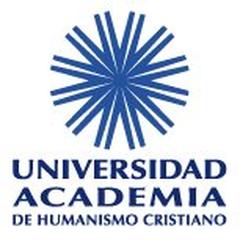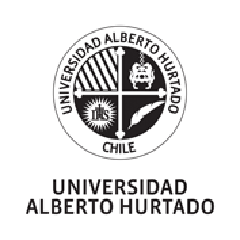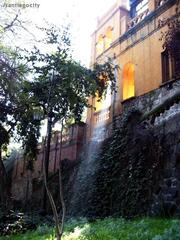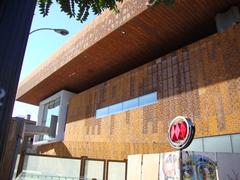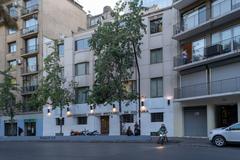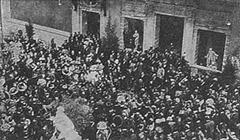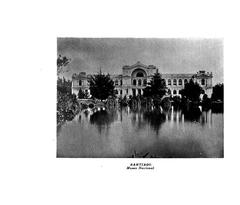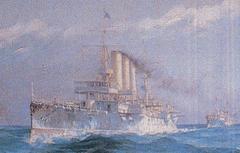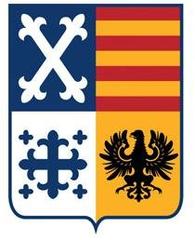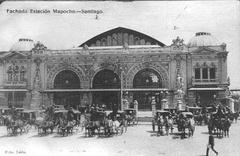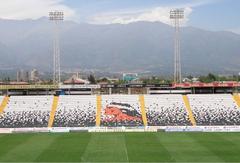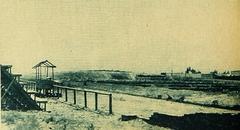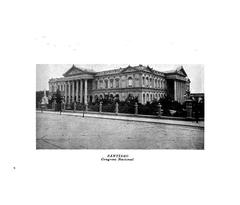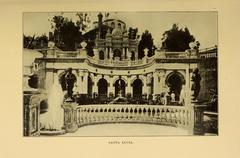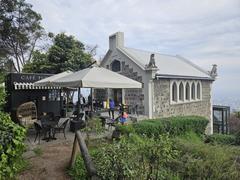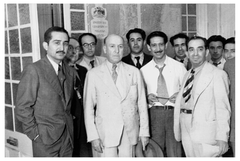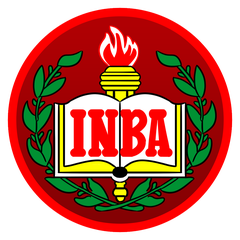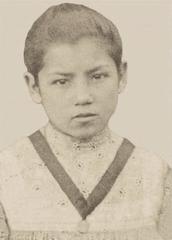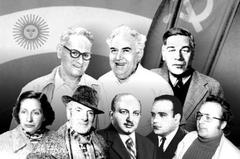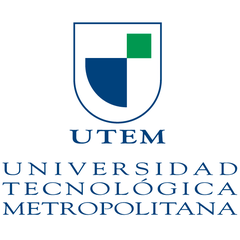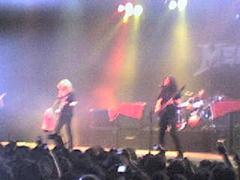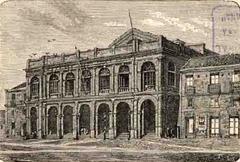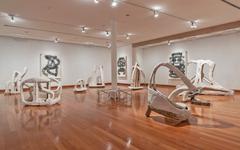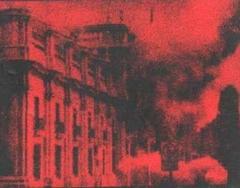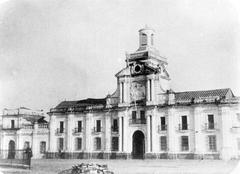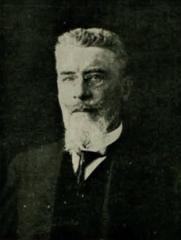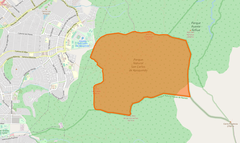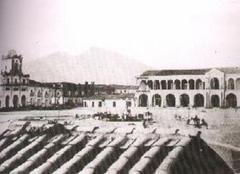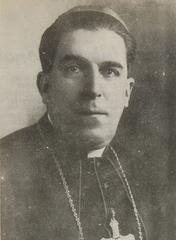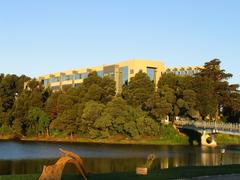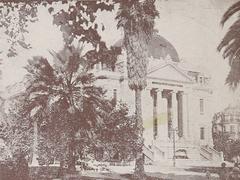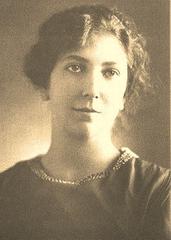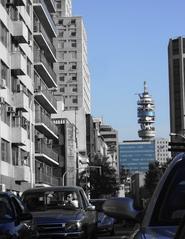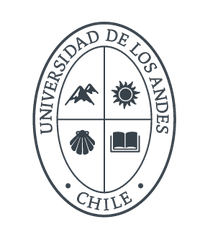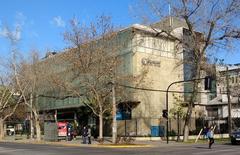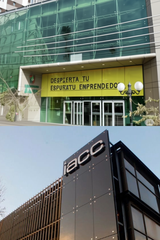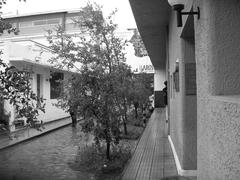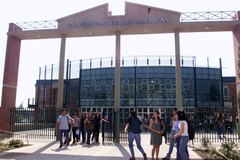
Bolivarian University of Chile Santiago: Visiting Hours, Tickets, and Historical Sites Guide
Date: 04/07/2025
Introduction
The Bolivarian University of Chile (Universidad Bolivariana, UB) in Santiago is a notable educational and cultural institution rooted in Chile’s modern history. Established in the late 1980s during a wave of higher education reform, UB is recognized for its focus on accessibility, practical, career-oriented programs, and its commitment to social inclusion (4icu.org). Its central Santiago location provides not only a dynamic academic environment but also places it at the heart of the city’s vibrant arts and historic districts (Universidad Bolivariana). This guide delivers comprehensive information for visitors—whether prospective students, cultural explorers, or travelers—covering university history, visitor logistics, campus access, nearby attractions, accessibility, and practical travel tips.
Table of Contents
- Introduction
- Founding and Significance
- Academic Structure and Campus Life
- Visitor Information
- UB in Santiago’s Educational Landscape
- Nearby Attractions
- FAQs
- Conclusion & Travel Tips
- References
Founding and Significance
UB was founded in 1988 amidst Chile’s post-dictatorship educational reforms, responding to growing demand for accessible, practical degree programs. It positioned itself as an alternative to traditional universities, prioritizing social inclusivity and adaptability to the evolving Chilean economy (4icu.org). Officially accredited by Chile’s Comisión Nacional de Acreditación (CNA-Chile), UB confers recognized degrees and actively participates in academic networks.
Academic Structure and Campus Life
UB offers undergraduate and selected postgraduate degrees in fields including social sciences, education, business, technology, and health. The curriculum is designed for immediate workforce integration, emphasizing practical skills and relevance to market demands (4icu.org). With a student body of approximately 4,000–7,000, the university fosters a personalized, coeducational, and diverse environment.
The main campus, located at Huérfanos Nº 2917, Santiago (123university.net), blends modern and traditional architecture and includes academic buildings, a library, communal spaces, and cultural venues. The institution regularly hosts exhibitions, public lectures, and community events that reflect its active role in Santiago’s cultural life (Universidad Bolivariana).
UB also enforces a robust policy against harassment and discrimination, ensuring a safe, inclusive environment in line with Chilean law (Universidad Bolivariana).
Visitor Information
Visiting Hours & Entry
- Hours: Monday to Friday, 8:00 AM–6:00 PM; some facilities open Saturday, 10:00 AM–2:00 PM.
- Entry: General campus access is free; certain events or exhibitions may require advance registration or a nominal fee (Universidad Bolivariana).
- Tours: Guided tours are available upon request, especially for groups or during special events. Contact the university in advance to arrange a visit.
Location & Accessibility
- Address: Huérfanos Nº 2917, Santiago, Chile (123university.net), at coordinates 33°26′26″S, 70°39′40″W (Wikipedia).
- Public Transport: Easily accessible via Santiago Metro—Cumming Station (Line 5, ~10-minute walk), República Station (Line 1, ~15-minute walk) (Metro Santiago Map). The Bip! card enables seamless metro and bus transfers.
- Cycling/Walking: The neighborhood is pedestrian-friendly and connected to the city’s cycle lanes.
- Accessibility: The campus features ramps, elevators, and accessible restrooms. Advance notice ensures tailored support for visitors with disabilities (official website).
- Parking: Limited on-site; public parking facilities nearby are recommended.
Tours & Events
- Guided Tours: Book in advance for insights into campus architecture, academic life, and UB’s cultural initiatives.
- Events: Public lectures, exhibitions, and cultural celebrations are held regularly. Check the university’s event calendar online for updates.
UB in Santiago’s Educational Landscape
While UB is not among Chile’s top research universities, it plays a critical role in expanding access to higher education, focusing on practical training and social inclusion. Its educational philosophy—“a escala humana” (on a human scale)—emphasizes holistic growth, community engagement, and integration of technology and nature (Universidad Bolivariana). The university’s alumni network exceeds 25,000, with strong ties to professional sectors and community initiatives.
Nearby Attractions
Central Santiago offers a wealth of historic and cultural sites easily combined with a university visit:
- Plaza de Armas: The city’s historic main square, surrounded by the Metropolitan Cathedral and Central Post Office (explorecity.life).
- Palacio de La Moneda: Chile’s presidential palace and political landmark, open for guided tours and home to the La Moneda Cultural Center.
- Barrio Paris-Londres & Iglesia San Francisco: Charming European-style streets and Santiago’s oldest church.
- Barrio Bellavista & Barrio Lastarria: Lively neighborhoods known for street art, nightlife, and cultural venues.
- Museo Nacional de Bellas Artes & Museo de la Memoria y los Derechos Humanos: Premier museums for art and history.
- Cerro Santa Lucia & Parque Forestal: Ideal for panoramic views and relaxation.
FAQs
Q: What are the visiting hours for Bolivarian University of Chile?
A: Monday to Friday, 8:00 AM–6:00 PM; some facilities open on Saturday, 10:00 AM–2:00 PM.
Q: Is there an entry fee?
A: No, campus entry is free; some events may require registration or a small fee.
Q: Are guided tours offered?
A: Yes, by advance request or during special events.
Q: Is the campus accessible for people with disabilities?
A: Yes, with ramps, elevators, and support available upon request.
Q: How do I reach the university by public transport?
A: Use Metro lines 1 (República Station) or 5 (Cumming Station), or city buses.
Q: Can international visitors join events or use campus facilities?
A: Yes, visitors are welcome at public events and may use facilities like the library and cafeteria, subject to university policies.
Safety and Practical Tips
- Safety: Santiago is generally safe, but practice standard urban precautions, especially at night and in crowded areas (Lonely Planet).
- Language: Spanish is predominant; some staff speak English.
- Weather: Mediterranean climate—hot summers (Dec–Mar), cool winters (Jun–Aug).
- Connectivity: Wi-Fi may be limited to students; consider a local SIM card.
- Documentation: Carry ID copies, especially if accessing restricted areas.
- Contact:
- Phone: +56 (2) 6815095
- Email: [email protected]
- Website: www.ubolivariana.cl
Exploring Santiago’s Historical Sites: Plaza de Armas & Palacio de La Moneda
Plaza de Armas lies at Santiago’s historic core. Open 24/7, it is free to visit and surrounded by major landmarks like the Metropolitan Cathedral (open 9:00 AM–6:00 PM) (explorecity.life). Museums nearby may charge a small fee (CLP 1,000–3,000).
Palacio de La Moneda is Chile’s presidential palace, notable for its architecture and political history. The La Moneda Cultural Center is open Tuesday to Sunday, 10:00 AM–6:00 PM with free admission. Guided tours require advance booking; the Changing of the Guard ceremony occurs four times weekly.
Safety Tips: Stay alert in crowded areas, use official taxis or public transport, and avoid demonstrations near government buildings. Carry essentials and keep valuables secure.
Conclusion & Final Tips
The Bolivarian University of Chile offers an enriching experience that blends academic heritage, cultural vitality, and urban exploration in Santiago’s heart. With free campus access, periodic guided tours, and a calendar of community events, it is an excellent point of departure for discovering both modern Chilean education and the city’s historic treasures. Combine your visit with local attractions like Plaza de Armas and Palacio de La Moneda for a complete Santiago experience.
For updates on events, visitor details, and academic programs, check the official university website and download the Audiala app. Stay connected with Santiago’s educational and cultural highlights through our travel guides and social channels.
References
- 4icu.org: Bolivarian University of Chile Academic Profile & Visitor Information
- Universidad Bolivariana Official Site
- 123university.net: Location & Visitor Experience
- meyouandtheworld.com: Santiago Travel Guide
- explorecity.life: Santiago Historical Sites
- Wikipedia: Bolivarian University of Chile
- Metro Santiago Map
- Lonely Planet: Traveling to Chile

